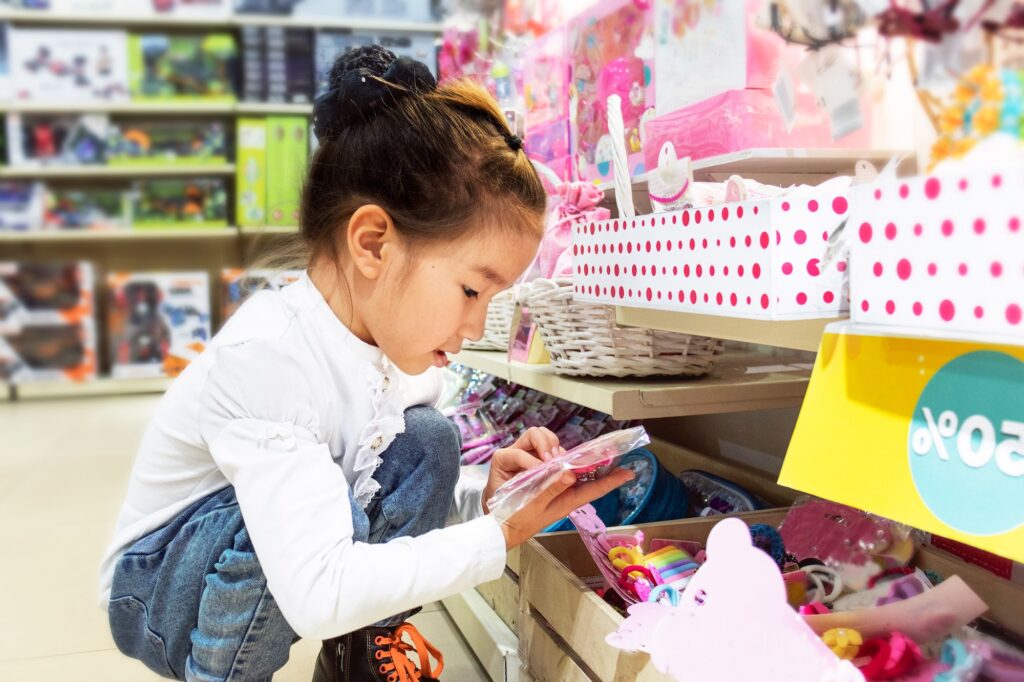Holiday
Teaching Children With Autism About Gift Giving
The Importance of Gratitude
Ah, gift giving! It’s such a delightful way to express thoughtfulness and bring joy to others. There’s something truly special and fun about the whole process that warms the heart. Teaching children with autism about this reciprocity helps them understand the importance of expressing gratitude and reciprocating gestures in social interactions. By explaining that gift giving is a two-way process, they can learn to appreciate the effort and thought behind gifts and develop skills in expressing their own appreciation. Explaining gift-giving to your child with autism should be approached in a manner that makes sense to them. Here’s a step-by-step guide to help you explain the concept:

Use Visual Aids
Visual aids can be highly effective in conveying information to children with autism. You can create or find visual resources such as pictures or drawings that represent gift-giving.

Define Gift-Giving
Start by explaining what a gift is. You can say, "A gift is something that we give to someone to show that we care about them or to celebrate a special occasion like a birthday or holiday."

Emphasize the Recipient's Feelings
Explain that when we give a gift, it's important to think about how the person receiving the gift will feel. For example, you can say, "When we give a gift to someone, it makes them happy and shows them that we are thinking about them."

Discuss Different Occasions
Talk about specific occasions where gift-giving commonly occurs, such as birthdays, holidays (like Christmas or Hanukkah), or special events like graduations. Explain that during these times, people exchange gifts as a way to celebrate and show love or appreciation.

Explore the Act of Choosing a Gift
Explain that when we give a gift, we spend time thinking about what the person would like or enjoy. You can talk about how we consider their interests, hobbies, or favorite things while selecting a gift. Encourage your child to think about what someone they know might like as a gift.


Highlight the Act of Giving
Discuss the act of presenting the gift to the recipient. Explain that when we give a gift, we usually wrap it nicely in colorful paper and include a card or tag with a kind message. Talk about the joy of seeing the person’s reaction when they open the gift.

Practice Role-Playing
Role-playing can help the child understand and internalize the concept of gift-giving. Pretend to give and receive gifts with them, taking turns playing the giver and the recipient. This can help them grasp the social and emotional aspects of the exchange.

Reinforce Gratitude
Teach the child the importance of expressing gratitude when receiving a gift. Explain that saying "thank you" is a way to show appreciation for the gift and acknowledge the thought and effort that went into selecting it.

Encourage Participation
When appropriate, involve the child in the process of selecting and giving gifts. Help them choose a gift for a family member or friend, and guide them through the steps of wrapping and presenting it.
Guide Disclaimer
Remember, each child with autism is unique, so it’s essential to tailor the explanation to their specific needs and level of understanding. Use their interests and preferred learning styles to make the concept more relatable and engaging.
The information provided in this article is intended for general informational purposes only and should not be considered as professional advice or a substitute for medical, therapeutic, or educational guidance. Every child’s needs are unique, and what works for one child may not work for another. It is essential to consult with qualified professionals, such as doctors, psychologists, therapists, or educators, who can provide individualized recommendations and support tailored to your child’s specific needs.


